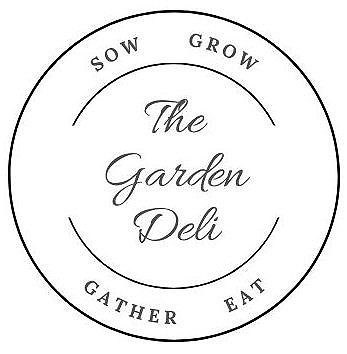Diversity is good
If you look at a natural ecosystem, you’ll find a diverse range of plants, animals, fungi and microbes living together, interacting and supporting a sustainable system. Everything from the rainforests of the Amazon to a spoonful of healthy soil is packed full of life.
The story changes when humans get involved. People like simplicity, they like neat and tidy, and efficient. So, farmland becomes a vast expanse of monocultures. Huge fields of wheat or corn or rice – most of the time grown from seeds where each one is genetically very similar to the next. Even gardeners tend to favour a carefully curated set of plants to grow in the borders, and a manicured lawn featuring a restricted number of grass species.
But it doesn’t have to be this way. Growing our own food at home allows us to explore and experiment with diversity. We can support seed companies offering open-pollinated and heirloom seeds, or some of the innovative breeding programmes that are producing new varieties grown for taste rather than uniformity.
We can embrace diversity in our gardens by growing a patchwork of fruit, herbs and vegetables. Too much of any one thing becomes a neon sign to pests… ‘eat here!’. Growing in the cottage garden or potager style, with a mix of edibles and flowers, makes it more difficult for pests to home in on your prized carrots or cabbages. And by growing organically, we enable the beneficial insects and soil microbes to naturally support the plants we want to flourish.
Create log piles and areas of meadow, dig ponds and plant trees – each brings a different habitat to the garden and with it a wider range of plants and animals.
These are simple things we can all do to bring diversity to our own gardens. It’s true… we won’t be changing the world overnight but, you know, small steps.

